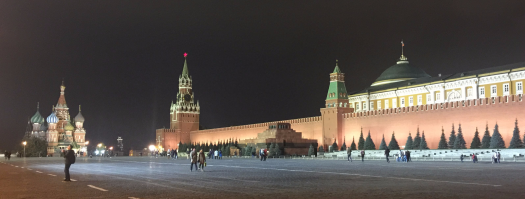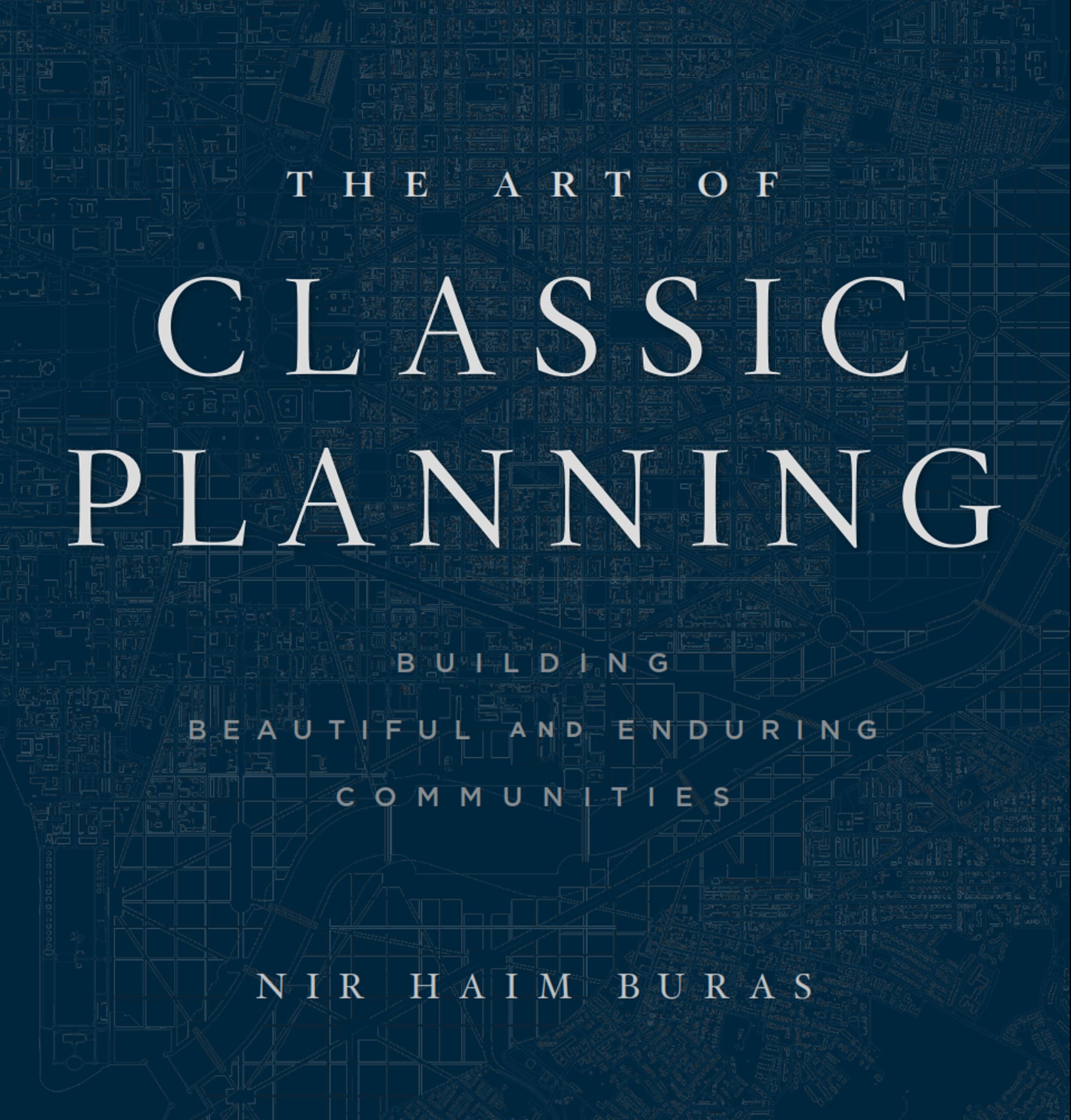
“The Mother of all Planning Books”

It took 2 years, 2 months, and 2 weeks to write. Averaging 18-hour days, with one all-nighter a week every week, if not more. This was not a project at Grand Central, not at the US Capitol, nor for Haitian refugees. Not in Tel-Aviv, New York, Washington, Tucson, or LA, have I ever worked on one project so hard or so much.
40 Years. Forty years, I watched with frustration how urban planning consistently fails. The straw that broke my camel’s back was a referendum in Portland, Maine, which pitted a developer against the community. In that city, which can’t balance its budget, the community spent half a million dollars on this event. To win the referendum, the developer withheld from the community the actual size of the project.
That was outrageous. For one fifth the cost, classic planning could have helped both the community attain its aims, and the developer get up front what he actually needed. In frustration, I wrote the book.
Urbanism is about more than city plans, and it is not about solving problems. It is about creating a legacy of beauty. Only through the essential discussion of beauty – in how we interact in town and country with human-made nature, rustic nature, with buildings, parks, plazas, and streets – can we address these long-term.
After 100 years of failed urbanism, forty of which I witnessed myself, it is crucial that the increasingly urban world knows what works in cities and what won’t work. Classic planning is the what, how, and why of how we built cities before planning ruined them; the principles of planning which have successfully, and universally, worked for the 5,000 years we have been building cities. Leon Krier called the book “The Mother of all Planning Books.”
As you might already know, the Driehaus Foundation grant sent me to 30 cities in Asia, Latin America, and now to 40 cities more, this time in Continental Europe. How many people with my level of experience are so lucky? How many people have the chance to learn so much all at once?
The tour is shaping – from within – both me and the book. The book through the images, and me as a more responsible architect and planner. Seeing 40 cities in 40 days will be like flipping channels on TV, but it is I who will be moving that fast.
Under the looming fear of ultimate superficiality, I tell myself that what will be revealed is not shallow encounter, but higher-level principles. Let’s see how it goes. All I want is to do a good job.
WELCOME!
Get In Touch
Please get in touch with us
to discuss your requirements.
Please get in touch with us
to discuss your requirements.
